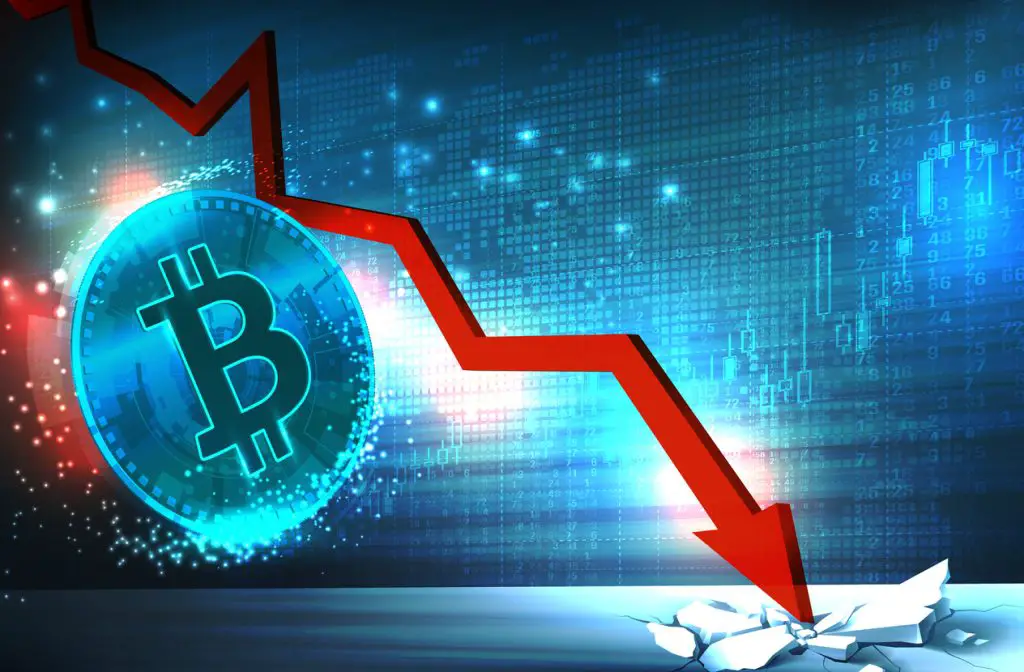The world of cryptocurrency has attracted millions of investors and traders, allured by its potential for massive profits and rapid gains. But with high rewards comes high risk, and the volatile nature of the market means that crypto crashes can be both sudden and dramatic. In such situations, it’s essential to have a plan in place to navigate the stormy waters and make informed decisions. This comprehensive guide will explore the steps you should take when faced with a crypto crash, from emotional control and analysis to managing your investment portfolio and planning for the future.
Emotional Control and Mindset
The first thing to remember during a crypto crash is not to panic. Panic selling is a common mistake that can lock in losses and harm your long-term investment strategy. Instead, focus on maintaining a calm and rational mindset, and remember that crashes are a natural part of any market.
Stay calm and avoid impulsive decisions
Keep perspective and remember that market cycles are normal
Focus on long-term goals and investment strategies
Analyzing the Market
During a crash, it’s essential to gather as much information as possible to understand the reasons behind the drop. This includes monitoring news, analyzing market trends, and considering any external factors that might be influencing the crypto market.
Stay informed about news and events affecting the crypto market
Analyze market trends and historical data
Consider external factors, such as global economic conditions or government regulations
Re-evaluating Your Portfolio
A crypto crash can serve as an opportunity to re-evaluate your investment portfolio. Take the time to assess your assets and determine whether they align with your long-term investment goals. This may involve rebalancing your portfolio or adjusting your investment strategy.
Review your portfolio’s performance
Rebalance your portfolio to align with your risk tolerance and goals
Consider adjusting your investment strategy to protect against future crashes
Dollar-Cost Averaging and Buying the Dip
When crypto prices are low, it can be an excellent opportunity to buy assets at a discount. Dollar-cost averaging is an investment strategy that involves purchasing assets at regular intervals, regardless of price fluctuations. By consistently investing in the market, you can minimize the impact of short-term price volatility and lower your overall cost basis.
Employ dollar-cost averaging to lower your cost basis
Take advantage of low prices to buy assets at a discount
Be cautious and avoid overextending yourself financially
Managing Risk
Risk management is crucial in any investment strategy, but it’s especially important in the volatile world of cryptocurrency. To protect your investments, consider setting stop-loss orders, diversifying your portfolio, and only investing what you can afford to lose.
Set stop-loss orders to protect against severe losses
Diversify your portfolio to spread risk across different assets
Only invest what you can afford to lose, and avoid using leverage
Learning from Experience
A crypto crash can be a valuable learning experience, offering insights into market dynamics and your own investment behavior. Reflect on the decisions you made during the crash and consider what you can improve on in the future.
Analyze your decision-making process during the crash
Identify areas for improvement in your investment strategy
Incorporate lessons learned into future investment decisions
Planning for the Future
As the market begins to recover, it’s essential to have a plan in place for future crashes. Develop a clear investment strategy that outlines your goals, risk tolerance, and criteria for buying or selling assets.
Develop a clear investment strategy
Outline your goals and risk tolerance
Establish criteria for buying or selling assets during market fluctuations
Conclusion
Crypto crashes can be both stressful and challenging for investors, but they also provide valuable learning opportunities and the potential for long-term gains. By maintaining a calm mindset, gathering information, re-evaluating your portfolio, and employing strategies such as dollar-cost averaging and risk management, you can navigate the volatile world of cryptocurrency with confidence.
As you plan for the future, remember to learn from your experiences and develop a clear investment strategy that outlines your goals, risk tolerance, and criteria for buying or selling assets during market fluctuations. With patience, persistence, and a disciplined approach, you’ll be better prepared to weather the storm and come out stronger on the other side.







